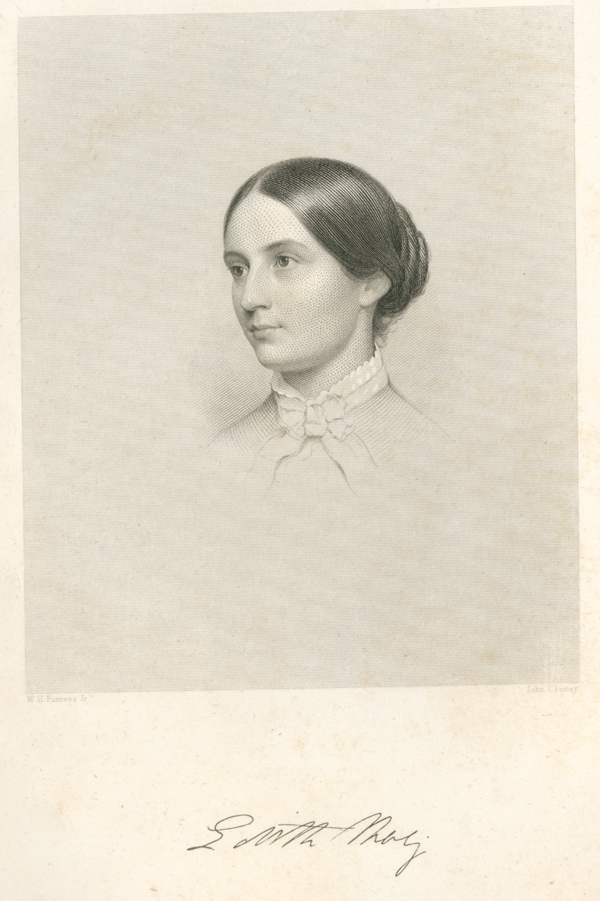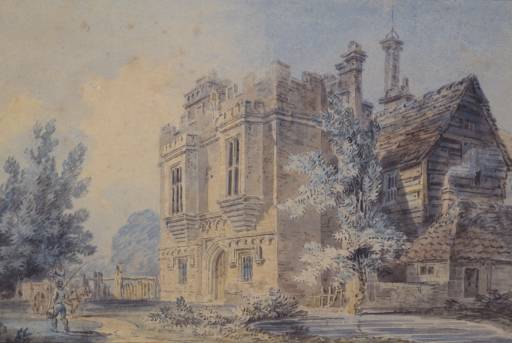Looking Back
- Thinking about WWll and how it affected the World -
Fighter planes dropping bombs, soldiers shooting at the enemy, lives lost, and people saved. Wars happen all the time. Yet one in particular we remember especially well in this month, one that was one of the bloodiest battles in history; WWll. And now I will talk about it in this article.
Looking at this war in general, you can already see that it was a tragedy, and that the whole world pitched in to fight for good reasons despite the costs of so many innocent lives. However, following this are the facts that aren’t so obvious, like the fact that around 16.1 million Americans fought in this war. Out of these many brave individuals, an estimated 670,846 American troops were wounded in the fighting. Also, in the whole world, about 60 million died due to this world. Worst yet, the average age of a man fighting in WWll was 26. Could you imagine maybe being their parent, watching them go off to fight a war in a distant country, knowing they may not come back alive? That personally would terrify me. I believe that the way that WWll most impacted Americans was through the hardships they had to endure because of it and the loss of many friends and family members. It must have really opened the Americans’ eyes to the world around them when they realized how much their lives and the lives of everyone around them would change because of this war.
Next, I will focus specifically on June 6, 1944, another important date in WWll. Or, as it is most famously known as, D-Day. D-Day was the day when the Allied Forces landed on Omaha Beach and the Allies, despite the loss of life, had a great victory; they made the first big steps towards freeing France and eventually the rest of Europe. The purpose of this fight was to take back the coast and get supplies to land with which the ground troops could use to storm the nearest countries with, and this was a success, despite Hitler's plans to use their plans to his advantage. What it was like to fight on this day was awful. People dying before your eyes, running and screaming civilians, soldiers giving up their lives, gunshots ringing throughout the air. By lunchtime on D-Day, only about 10-12 men could actually stand and fight. Your chances of surviving were slim if you were fighting here. Of about 118 men, 112 would die. On D-Day, an estimated 2,499 American soldiers died and an estimated 6,603 American soldiers were injured/ suffered casualties. Today, this specific day is remembered by the many speeches made during this day, the soldiers who lived on to tell their future children and grandchildren about this, the many memorials found, and so much more. We must remember this dreadful day in history so that we will not be doomed to repeat it.
And speaking earlier of survivors, I would like to mention the brave veteran, Nick Zuras. He fought in WWll and was awarded a Gold Medal for serving through this awful time in history. He was and officer on a boat at Omaha Beach. He wrote a book in 2008 about his experience and has a wife, two daughters, and a grandson. On an episode of CNN Student News he talked briefly about his experience and about the war. He exclaimed that WWll was very different from the wars we fight nowadays, such as the wars that we continuously fight out in Iraq and Afghanistan. When America fought with the Allies in WWll, it was very much a ‘group effort’ among the countries, not just a ‘lend some support and leave it at that’ affair. Every country was engaged and fought valiantly against a common enemy. That probably couldn’t be more true.
Now we move on lastly to May 8, 1945, better known as VE-Day. This day is so significant because it marked the day that Europe was finally freed from the clutches of Hitler. This day is remembered with the fact that it was made into a holiday, the many memorials made and the extra parades, celebrations, and etc about this awful time. After this, there really isn’t much more to say. It was a terrible yet wonderful day in history.
In conclusion, WWll was important. We should remember it so that we aren’t doomed to repeat it. Instead of forgetting our history, we must embrace it. Celebrate the lives of the veterans whose lives were lost throughout this month.




